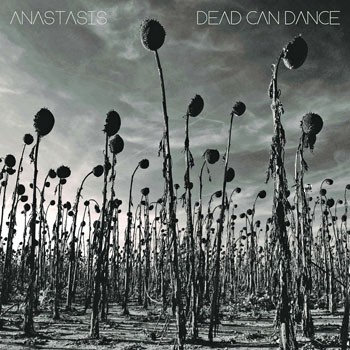
- Antibalas
Antibalas, Antibalas
![]()

In what is their most pointedly inspired release to date, Antibalas channel Afrobeat legend Fela Kuti to rousing and irresistibly groovy results. The tight, energetic funk arrives as if in a time capsule, re-creating everything from the spunky organ sounds to the impeccable rhythmic libations of Fela Kuti and his band, Africa ’70.
Standout tracks like “Dirty Money” and “The Ratcatcher” deliver especially potent punches of funk. The ensemble’s new partnership with Daptone Records and their upcoming tour come on the heels of a five-year hiatus, during which the 13 members pursued individual projects and collaborations. Maybe one of the most formative of these for Antibalas was many of its members’ involvement in the off-Broadway production of Fela!, and they bring the energy of that award-winning onstage effort to the studio. The group’s myriad musical influences have always helped to define them, but this time around, all 13 members are driving toward a powerfully focused sound. While the lean six-track LP doesn’t offer much derivation from its singular influence or frenzied pace, Antibalas leaves no option but to groove and shake—no matter what the mercury reads this summer. Daptone Records, Aug. 7. (Jordan Wallis)
Dead Can Dance, Anastasis
![]()

Anastasis is a Greek word meaning
“resurrection.” How fitting for Dead Can Dance, since it’s the title of their first album of new material since Spiritchaser (1996), which preceded the group’s disbanding, even though that album topped Billboard’s Top World Music Albums chart. As self-aggrandizing as the title may be, it does serve as an augury of the significance of a new release by the duo, which emerged in 1984 under the art house 4AD label, known for its lush, meditative music and artfully designed album covers.
The album’s sound stakes out the middle ground between the manicured medievalisms of some of their early work and the world music they started to incorporate more and more in the ’90s. Geographically and musically, they find themselves in more or less the Near East of the Mediterranean, which seems to include a Hellenic sensibility in its eclectic mix. Their music is always a delicate balance between songs utilizing vocals by Lisa Gerrard and Brendan Perry, as well as instrumentals that somehow carry a certain weight and as subtlety. This rebirth doesn’t offer anything new, but gives listeners pause to ponder the further musical destinations in which Dead Can Dance might grow. PIAS America, Aug. 14. (Brian Staker)